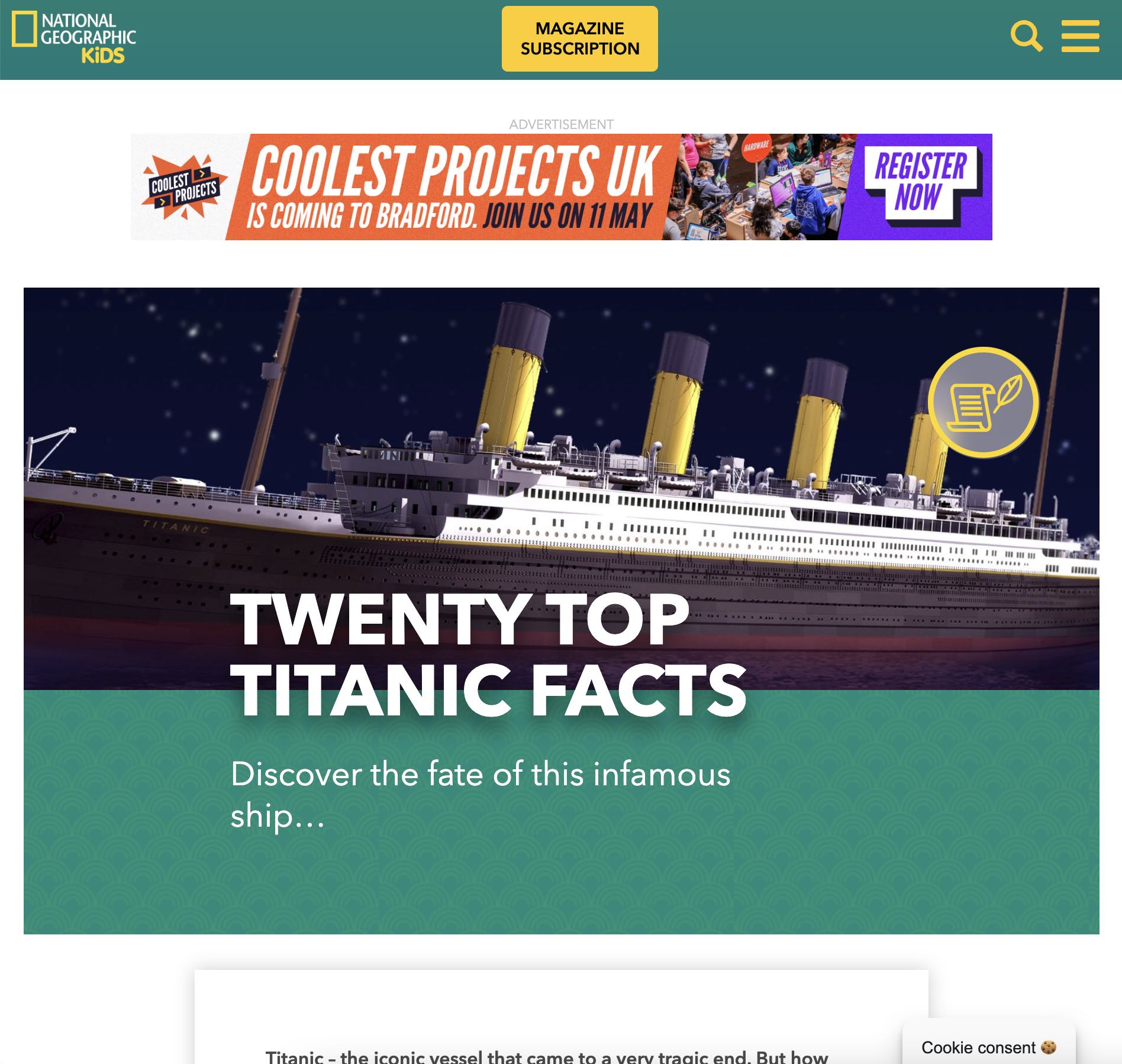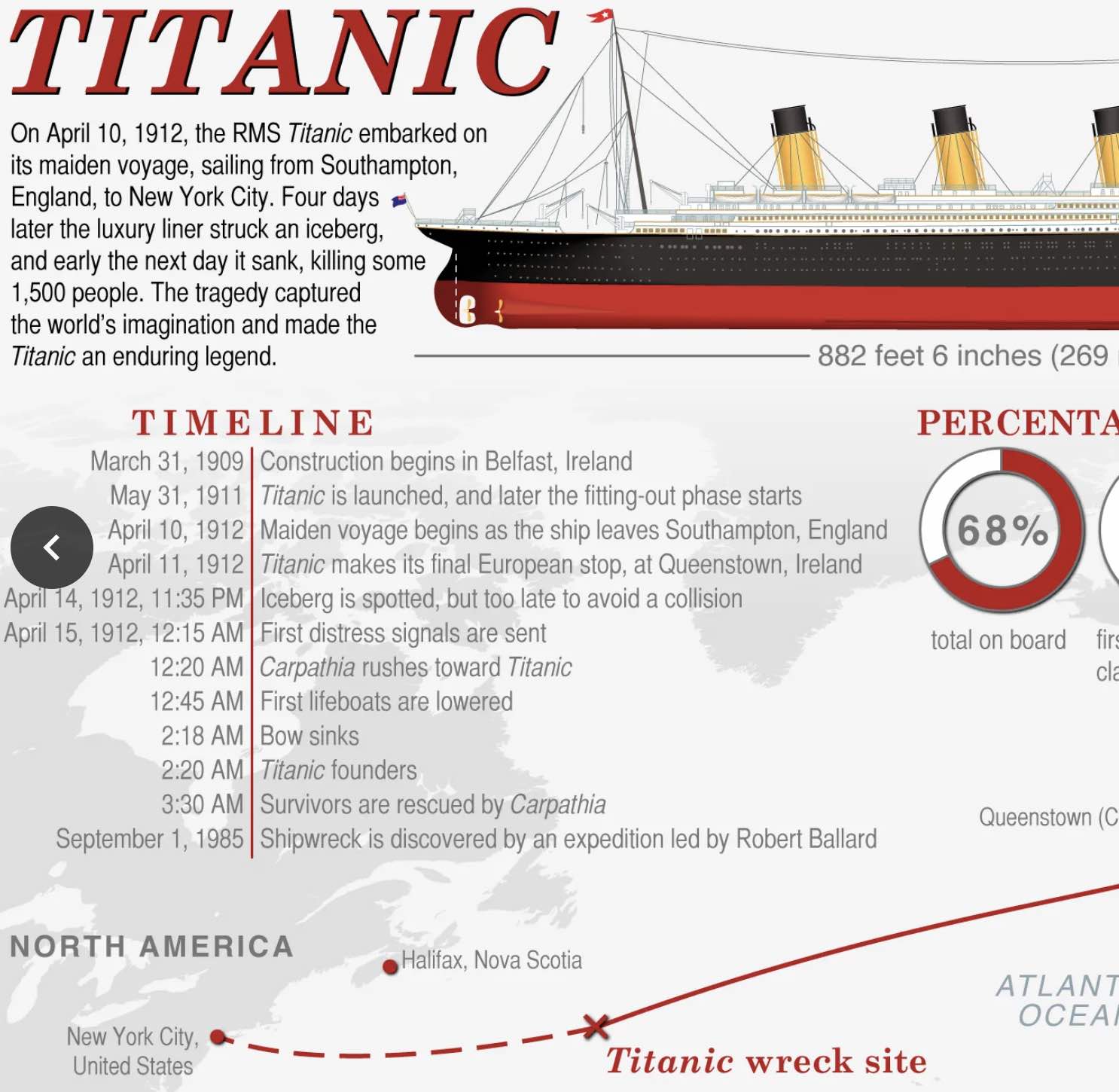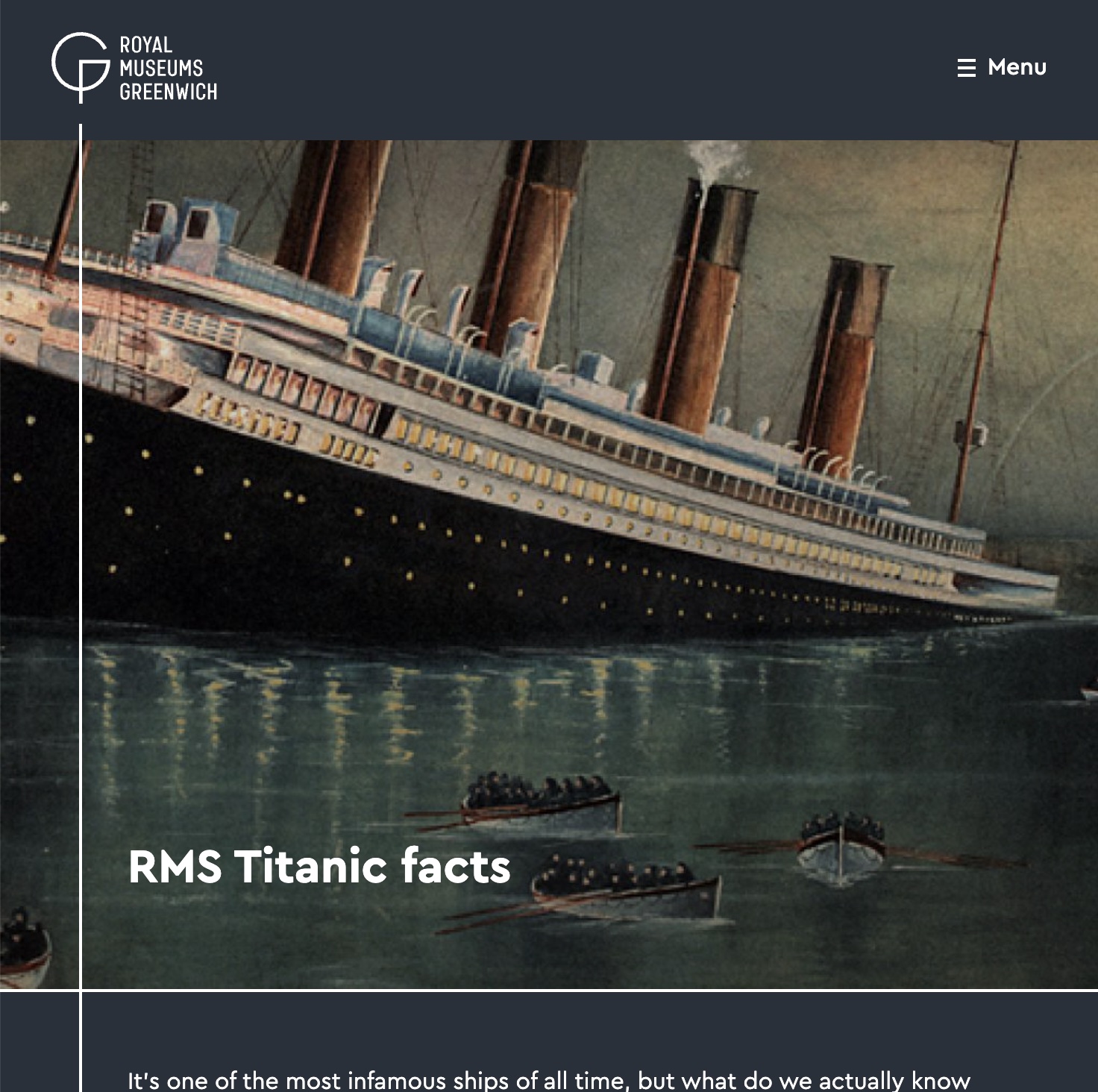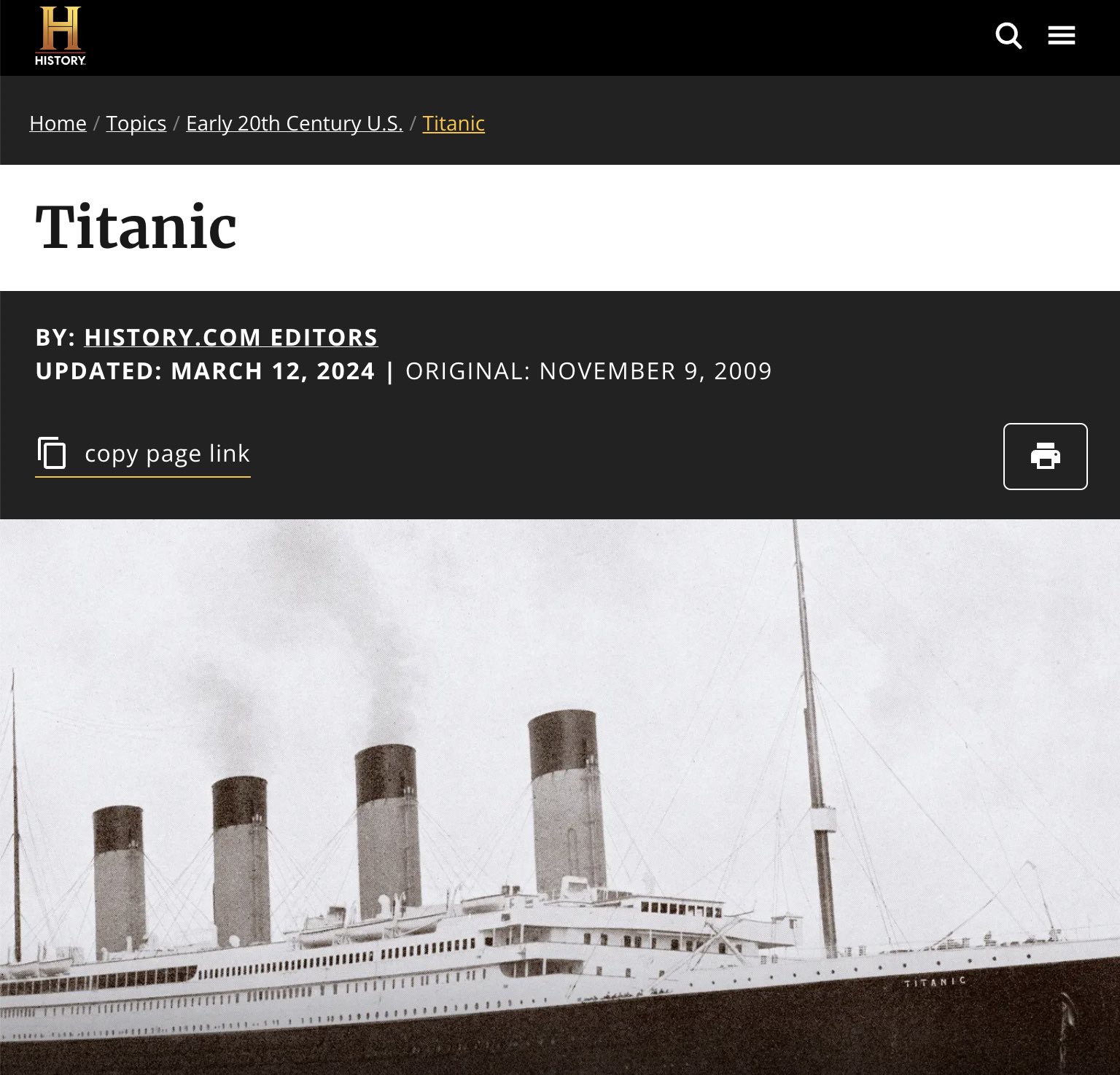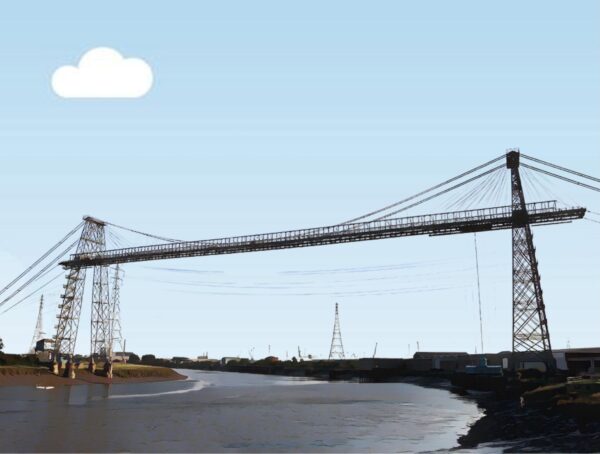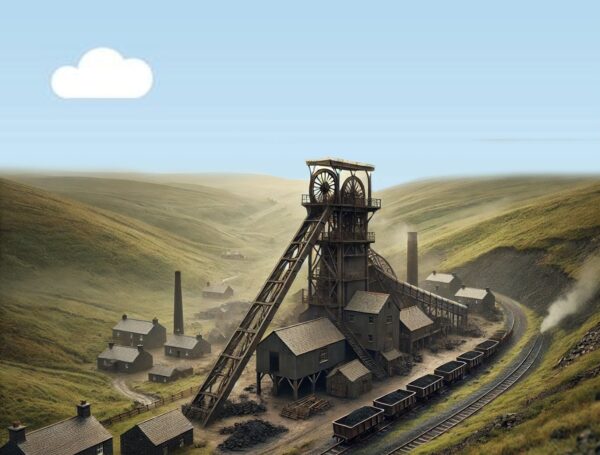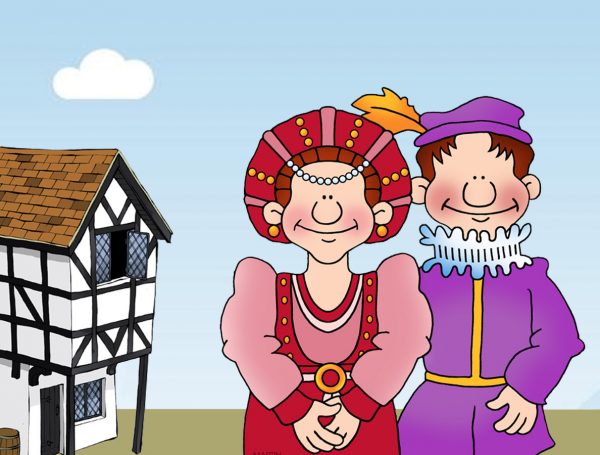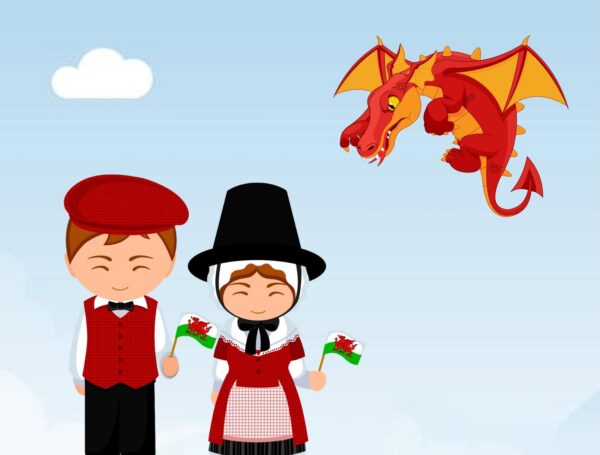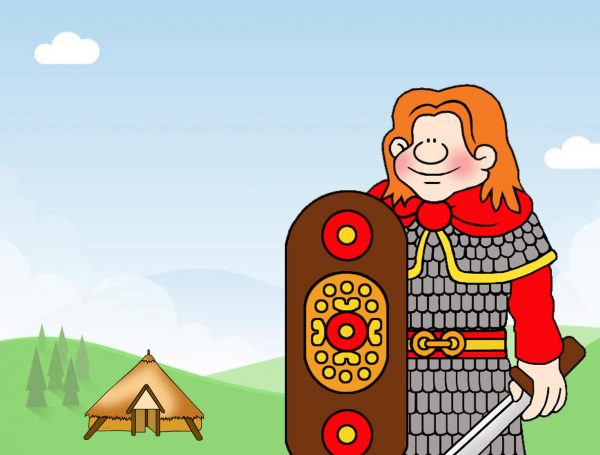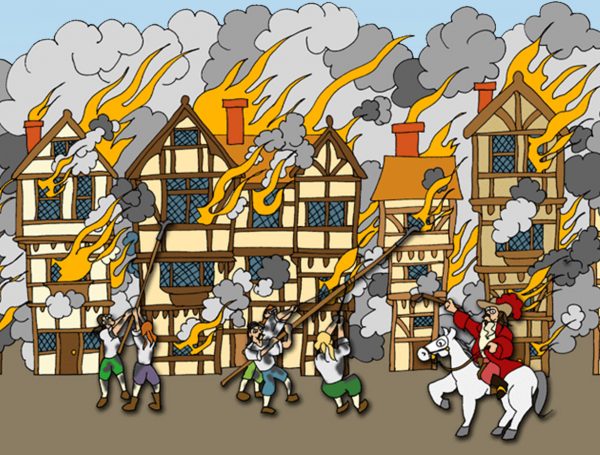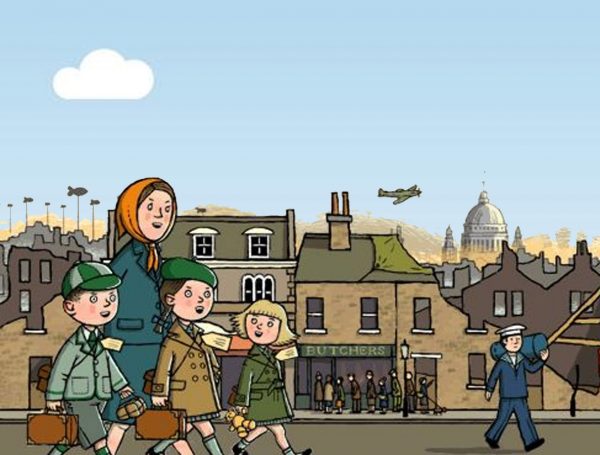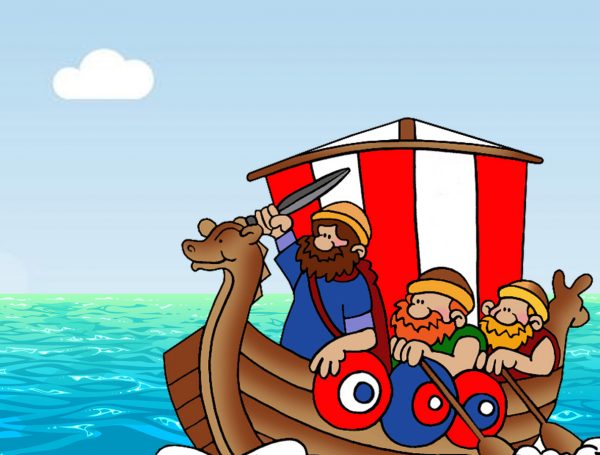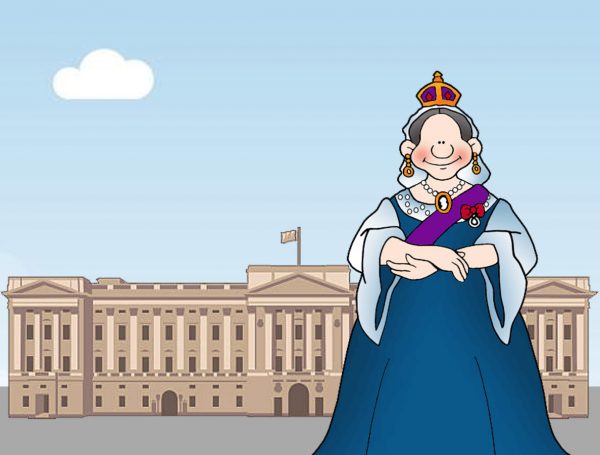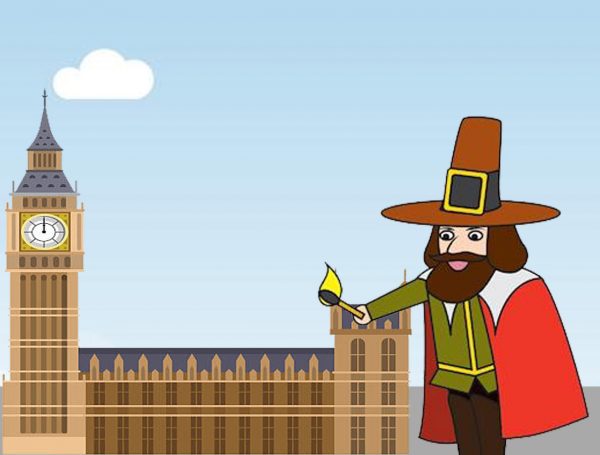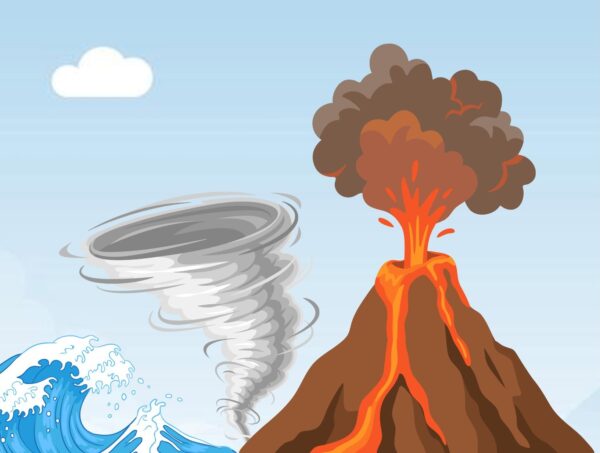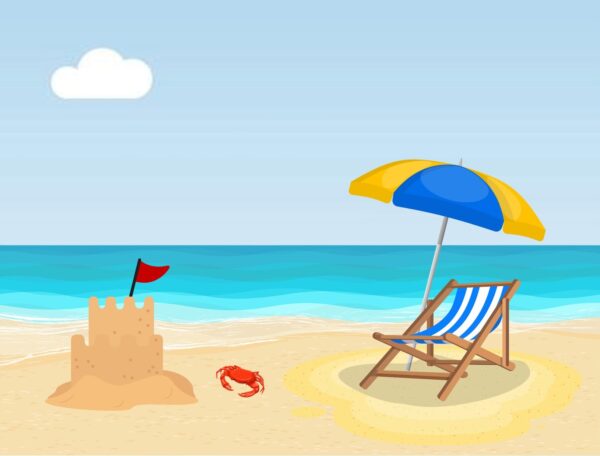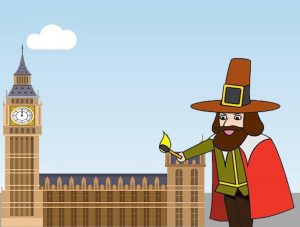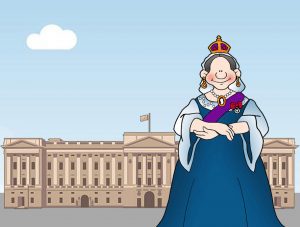 The Titanic: The Ship That Sank
The Titanic: The Ship That Sank 
What Was the Titanic?
The Titanic was a huge ship that set sail on its first voyage in April 1912. It was the biggest and most luxurious ship in the world at the time. People thought it was unsinkable – but sadly, it sank after hitting an iceberg in the Atlantic Ocean.
Let’s find out what happened!
How Big Was the Titanic? 
The Titanic was an enormous ship! Here are some amazing facts:
- It was 269 metres long – that’s about the length of three football pitches!
- It had nine decks (floors), with rooms for over 2,000 passengers.
- There was a gym, swimming pool, library, and even a fancy restaurant!
- It was called “The Ship of Dreams” because it was so grand and special.
Who Was on Board? 
The Titanic carried different kinds of passengers:



There were also 900 crew members, including the captain, chefs, waiters, and engineers.
What Happened to the Titanic? 




Just a few hours later, in the early morning of 15th April, the Titanic sank beneath the waves.
Why Did the Titanic Sink?
The Titanic was believed to be unsinkable, but here’s why it sank:




What Happened to the People?
There were about 2,224 people on board, but sadly, more than 1,500 people lost their lives because of the freezing water.
The lucky survivors were rescued by a ship called the Carpathia and taken safely to America.
What Was Left of the Titanic?
The Titanic lay at the bottom of the ocean for over 70 years before being found in 1985!
Now, scientists and divers have explored the wreck and found parts of the ship, furniture, and even passengers’ belongings. Some of these are in museums today!
Did You Know? 





What Can You Do? 



The story of the Titanic is one of the most famous events in history. It reminds us of the bravery of the passengers and the lessons we learned about ship safety.
We hope you enjoyed learning about the Titanic!



